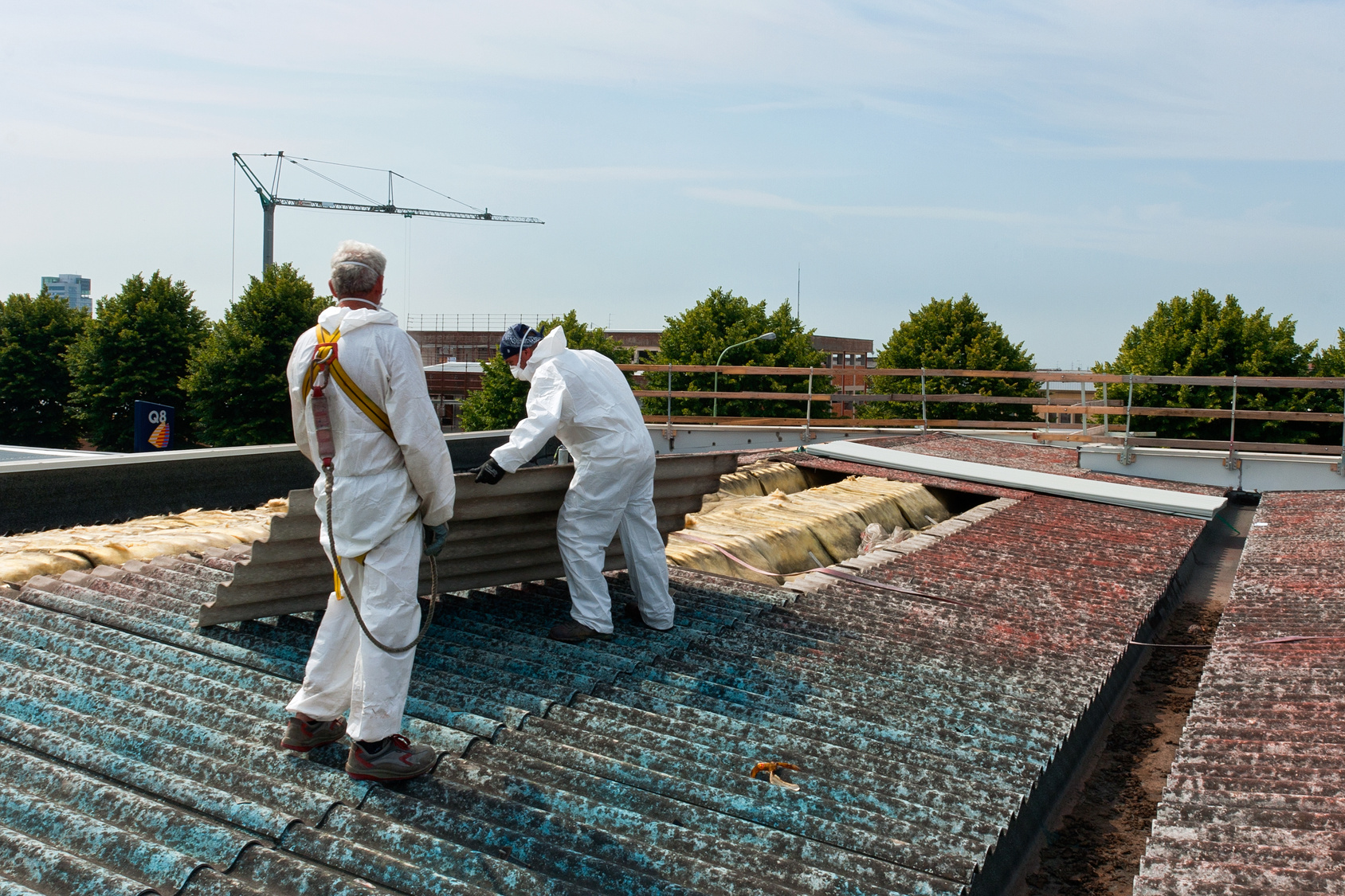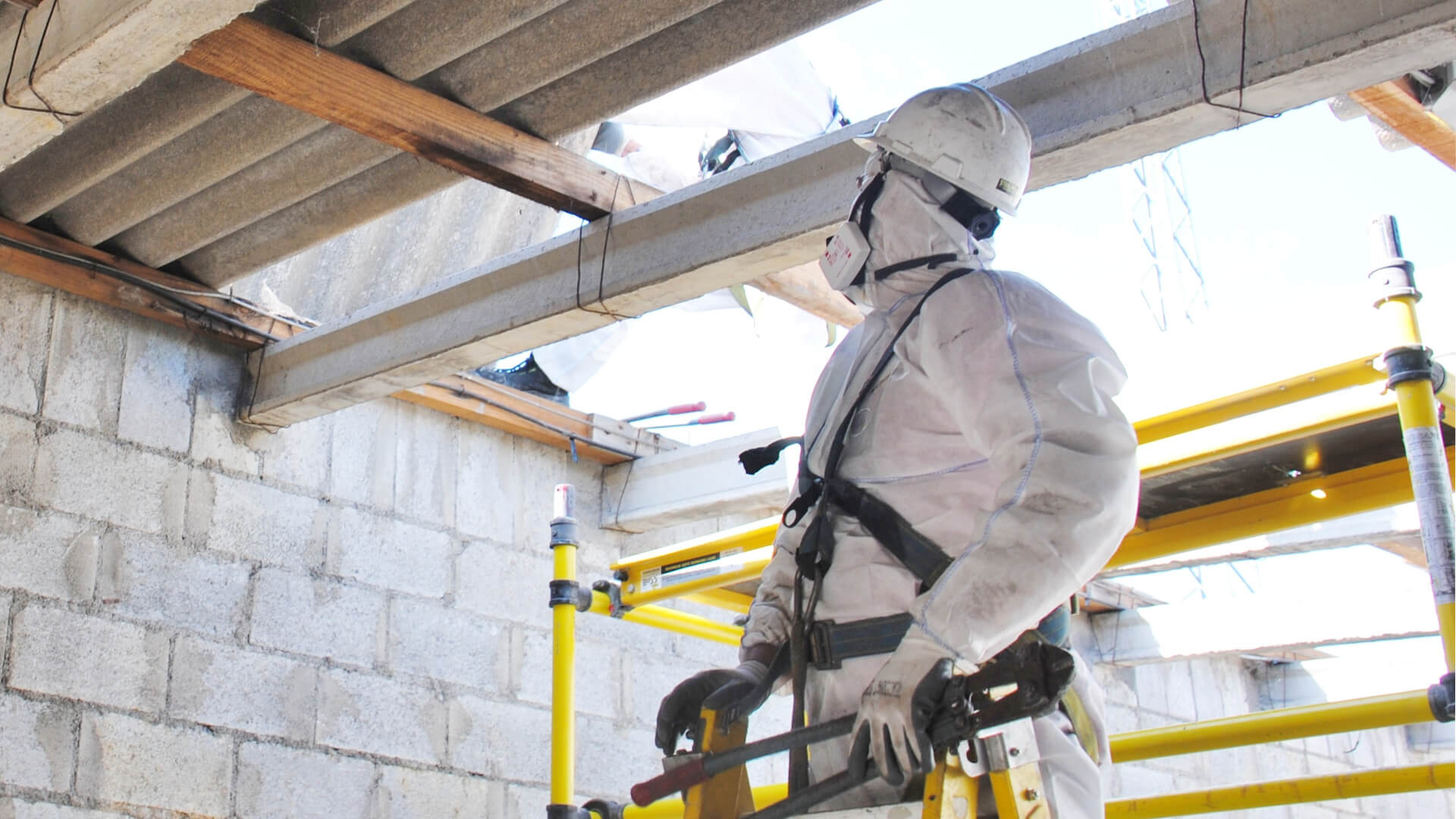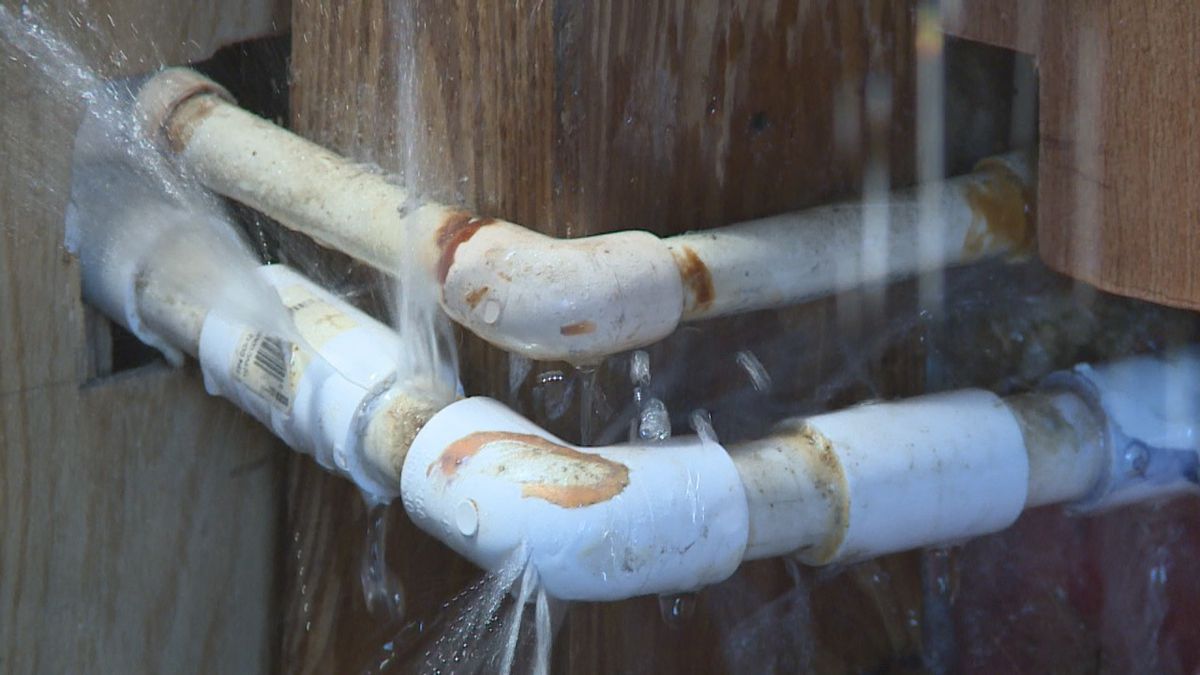Residential Asbestos Removal Process

Asbestos is a very useful fibre used for building and manufacturing, however it’s also very toxic and dangerous. Keep reading why you should remove asbestos in your home!

Asbestos is one of the six naturally occurring fibrous silicate minerals. They are composed of soft fibers that are highly resistant to electricity, corrosion, and heat, making the mineral very valuable and useful in the manufacturing of various products.
Asbestos dust or particles are very toxic and dangerous and can cause severe damages in the body when ingested or inhaled. Over time, asbestos trapped in the body will lead to inflammation and genetic damage. This mineral has also been established as the main cause of the rare cancer called mesothelioma. Other illnesses caused by the mineral are lung cancer, pleuritis, and ovarian cancer to name a few.
Because of its toxic nature, the composition of asbestos in the making of materials and products has been reduced to 1 percent. That is, its presence should not exceed more than 1 percent of the product.
As earlier mentioned, the resistance of the mineral to electricity, heat, and corrosion makes it very useful, especially in building construction. It is used in making ceiling tiles, roofing felts, floor tiles, and pipe insulations among other things.
Between the 1950’s and mid 1980’s, it was used heavily in building construction. This means that a lot of old homes have materials that contains asbestos. So before renting a new house or apartment, you might want to be sure of when it was built. Because the toxicity of this material is now well known, modern houses and buildings drastically reduce the use of the mineral, only making use of it when it is absolutely necessary. Click here to learn more about the history of asbestos.
Types of Asbestos
1. Amosite
Amosite is brown in color and has sharp, needle-like fibers that are highly resistant to heat and fire. This quality makes it commonly used in the production of fireproof construction materials. It makes up about 5 percent of asbestos used in building construction in the United States.
Reports from the Environmental Protection Agency (EPA) show that this type is the second most used in the U.S. It is often present in the following:
· Thermal insulation products
· Cement sheets
· Pipe insulation products
· Fireproof materials
· Electrical insulation products
· Tiles
· Chemical insulation products
· Roofing sheets
2. Chrysotile
It is white in color and has fibers that are long and curly. It is often used in the textile industry because they can be easily woven into fabrics. Among the six known types of asbestos, chrysotile is the most used in the U.S. and Canada, accounting for around 95 percent of asbestos used in building construction.
Because chrysotile is incombustible and lightweight, it is also used in the production of automotive parts and Naval vessels. They can be found in roofing materials, cement, textiles, brake pads, gaskets, rubber, and plastic.
3. Actinolite
Actinolite has needle-like fibers that have a dark brown color. Other minerals like magnesium, calcium, and iron can be found in actinolite. Although this type is rare, products like paint, drywall, and sealants have been found to contain it.
4. Anthophyllite
Anthophyllite has brown and yellow fibers and often contains iron and magnesium. It is one of the rarest types of the mineral and isn’t commonly found in commercial products. But on rare occasions, they’ve been found to be present in some insulation materials.
5. Tremolite
Tremolite has sharp fibers that can have colors ranging from white to green. Magnesium is predominantly found in tremolite. It is not readily used in the production of commercial goods and products; however, it has been found to contaminate some vermiculite mines and talc deposits used in the production of cosmetic products. Paint, roofing, insulation, and cosmetics containing talc are some products that have been found to contain tremolite.
6. Crocidolite
Crocidolite fibers are fine and sharp with blue hues. Crocidolite fibers are very small and can be easily inhaled. Research has also shown that it may be the cause of most illnesses and tied to asbestos. It is not as heat and fire resistant as other types of and so isn’t commonly used in product deaths manufacturing. It has however been found in tiles and cement on rare occasions.

Removing Asbestos
1. First, a refurbishment and demolition survey has to be carried out to identify the areas of the building where asbestos is present and where refurbishment or demolition is to be carried out.
2. Once the areas where the mineral is present have been identified, a risk assessment has to be carried out following a management plan. The management plan will be in accordance with the issued guidelines from the EPA for Asbestos Containing Materials (ACMs). It is meant to highlight every possible way that workers may be exposed to the mineral as well as the best methods that can be applied to mitigate the risks.
3. The next step involves determining whether or not the work to be done is licensable or non-licensable. Typically, higher risk asbestos removal work requires licensed contractors. You can find licensed contractors if you visit website pages focused on asbestos and its removal.
Examples of such work requiring a license include:
· Work involving asbestos millboard or loose fill insulation
· Work exceeding asbestos exposure control limit
· Work where exposure to ACMs is prolonged
· Asbestos coating removal
1. It should be confirmed that the hired contractor has received appropriate training and holds a valid license. He should also have all the required equipment to carry out the work safely.
2. Once work starts on the site, it is the responsibility of the contractor to seal off all the areas where work is being done to prevent the dust and fibers of the mineral from going airborne. This can be done using polythene or approved wetting techniques. Frequent air monitoring should also be carried out to ensure control levels are not exceeded during and after the process.
3. Removed ACMs should be properly sealed in recommended waste sacks and disposed of at a licensed asbestos disposal site.
4. To ensure the safety of occupants of the building, decontamination procedures should be carried out throughout the building or at least around the areas of the work site. Visit here to learn more about the tools and strategies for preventing exposure to this mineral.
5. Once the decontamination process is over, all the exposed surfaces within the work area that was sealed off should be thoroughly cleaned off to get rid of any debris or residue. This process typically involves normal cleaning activities like vacuuming and washing.
6. The final process is the inspection of the work area by an analyst from an accredited laboratory.
7. Upon the approval of the analyst, a final air test is carried out before dismantling the enclosure used in sealing off the work area.
Conclusion
To avoid the risk of asbestos-related diseases, it is advisable to use other safer alternatives like amorphous silica fabrics, cellulose fiber, polyurethane foam, and flour fillers. When ACMs are spotted to have been compromised, isolate the area where they are and call in professionals.








